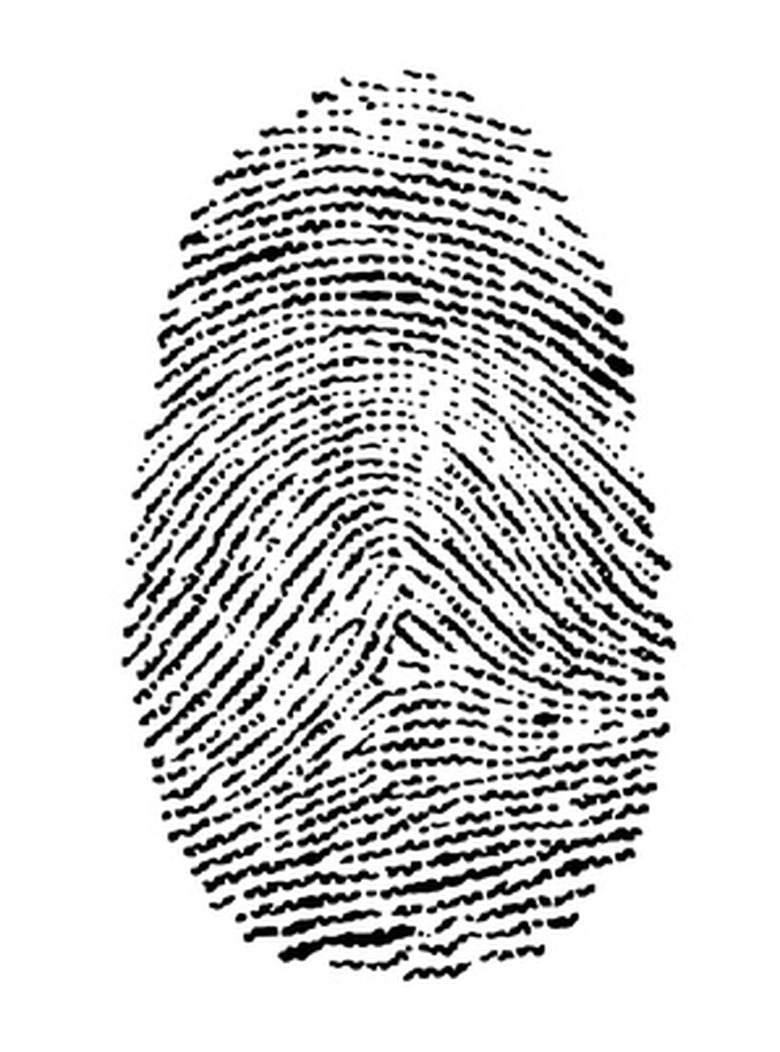How To Do A Science Project On Fingerprints
Fingerprint science projects introduce to students the techniques used in forensic science. The project given here can be used in the classroom as part of a lesson on fingerprints. It can also be used as the starting point for a science fair project, by adding on to these basic techniques to answer various questions. Ideas for additional projects include whether identical twins have similar fingerprints; whether the age of the fingerprint affects your ability to lift it from a material; and whether it is possible to make prints appear in color.
Lifting Latent Prints
Step 1
Make a fingerprint by touching your fingers to your forehead and then touching a surface, such as a table top. The oils on your forehead will help make the fingerprint stronger.
Step 2
Dust for prints by using a paintbrush to brush a small amount of talcum powder onto the surface. The powder will adhere to the oils left behind by your finger and the fingerprint will become visible. Blow gently to remove excess talcum powder.
Step 3
Place a piece of clear tape over the fingerprint and press down on the tape gently. Carefully lift the tape up and then tape it onto a piece of black paper or black cardboard. The print should be clearly visible against the black background.
Step 4
Repeat the steps above using prints made on different materials. For example, use metal, wood, colored plastic and clear plastic. Discuss whether this technique works well with all materials or only with some types of material.
LIfting Prints from a Clear Surface
Step 1
Make a fingerprint by touching your fingers to your forehead and then touching a small, clear object, such as a plastic or glass cup or plastic bag.
Step 2
Place the object carefully into a plastic zip-close bag.
Step 3
Place the plastic cap from a 1-liter soda bottle into the plastic bag, so that it is open side up.
Step 4
Squeeze two or three drops of super glue into the cap. Seal the bag shut. Leave the bag for about 30 minutes.
Step 5
Hold the plastic bag away from your face and open it. Carefully remove and set aside the cap and then remove the object with the fingerprint. The fingerprints on it should be clearly visible.
Step 6
Use this super glue technique to lift prints from a variety of different materials. This technique is usually used to life prints from flexible materials that are hard to dust. Try this technique on fabric, vinyl, plastic or other materials that you can think of. Discuss whether this technique is useful for all materials, or only for certain types of materials.
Things Needed
- Small paint brush
- Talcum powder
- Clear tape
- Black paper
- Plastic cup
- Super glue
- Plastic zip-close bag
- Bottle cap
- Ink pads
Cite This Article
MLA
Magloff, Lisa. "How To Do A Science Project On Fingerprints" sciencing.com, https://www.sciencing.com/do-science-project-fingerprints-7937433/. 24 April 2017.
APA
Magloff, Lisa. (2017, April 24). How To Do A Science Project On Fingerprints. sciencing.com. Retrieved from https://www.sciencing.com/do-science-project-fingerprints-7937433/
Chicago
Magloff, Lisa. How To Do A Science Project On Fingerprints last modified August 30, 2022. https://www.sciencing.com/do-science-project-fingerprints-7937433/
